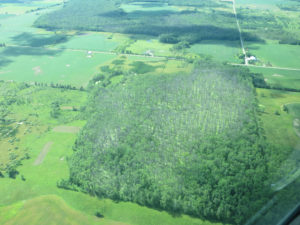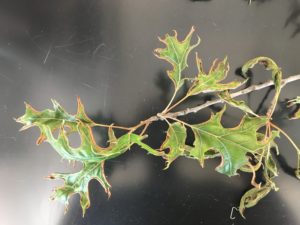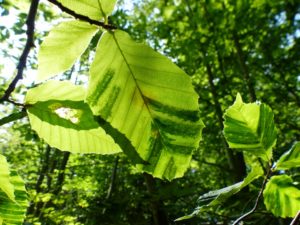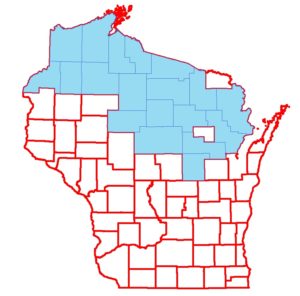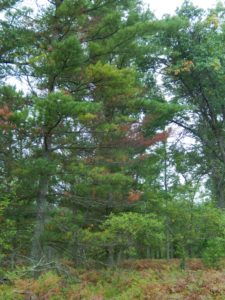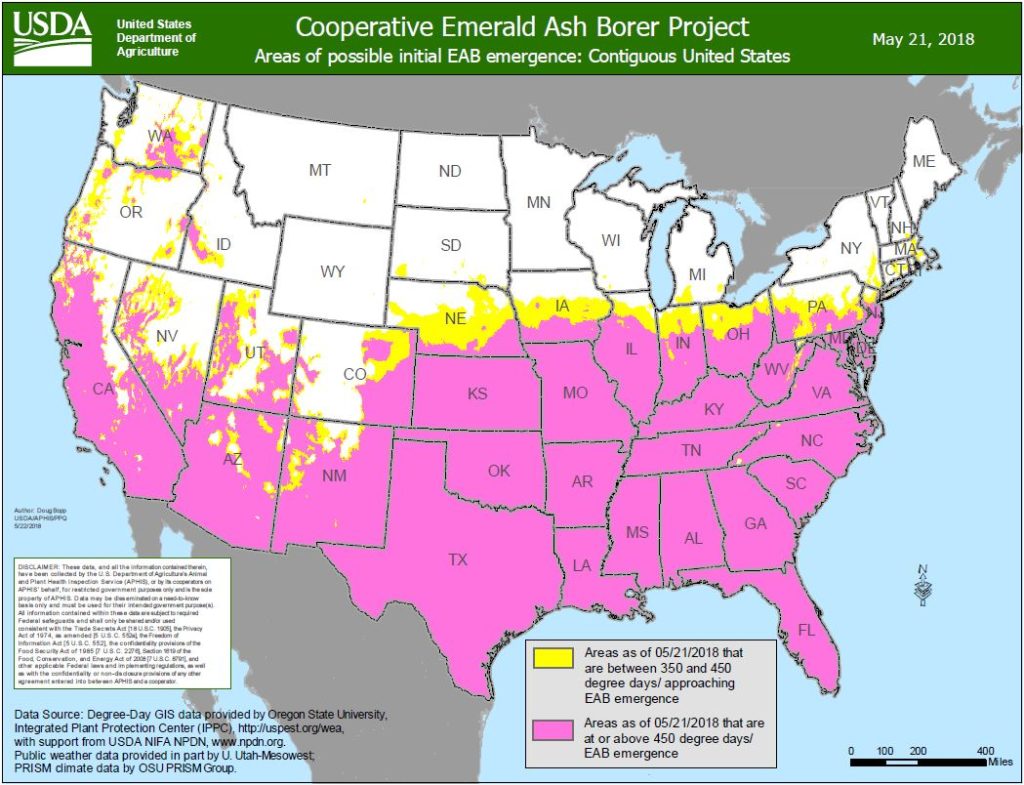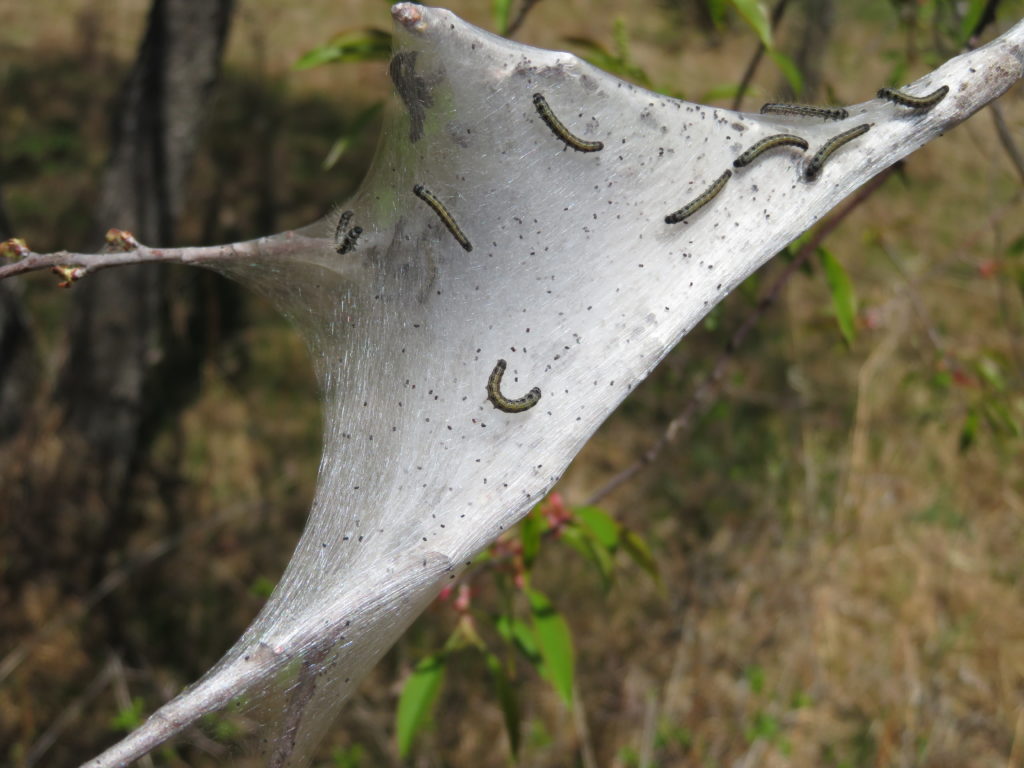By Todd Lanigan, forest health specialist, Eau Claire, WI. Todd.Lanigan@wisconsin.gov; 715-210-0150
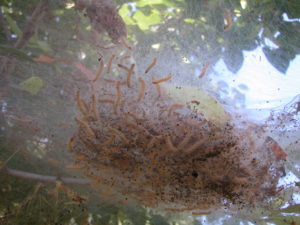
A silken nest full of caterpillars, excrement and debris. Photo: Todd Lanigan
Web-like nests of fall webworm (Hyphantrea cunea) caterpillars, a common native pest active from July through September, are beginning to appear in parts of the state. A common native pest throughout most of the U.S. and southern Canada, fall webworm caterpillars feed on leaves of almost all shade, fruit, and ornamental trees and shrubs, except for conifers. They typically form nests of loose webbing over the tips of tree branches. Although populations of fall webworm caterpillars are rarely large enough to cause lasting damage to trees, the presence of nests and feeding damage from caterpillars can greatly affect trees’ aesthetic value. Typically, trees recover from feeding damage on their own, but defoliation for more than two or three years in a row could make trees more susceptible to diseases and pests.
Continue reading “Fall webworms start making an appearance” →
